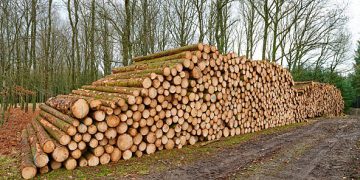Supply Chain Report – 10/06/2025
Brink Forest Products, a well-established forestry company in Prince George, British Columbia, is marking its fiftieth year in business under very difficult circumstances. What was supposed to be a milestone celebration has instead turned into a moment of worry and uncertainty as new tariffs announced by the United States are expected to place heavy financial pressure on the Canadian lumber sector.
On September 29, the U.S. government announced a ten percent duty on imported softwood lumber. This new duty will be added to the already existing thirty five percent in anti dumping and countervailing duties that Canadian producers face. The decision brings the total tariffs on Canadian softwood lumber entering the United States to more than forty five percent. For companies that rely heavily on the U.S. market, these new rules will be extremely difficult to manage.
John Brink, the Dutch immigrant who first opened Brink Forest Products on October 1, 1975, said the announcement was another major setback for an industry already facing serious challenges. Brink explained that ninety percent of what his company produces in its mills located in Prince George, Vanderhoof, and Houston is shipped across the border into the United States. With the new import costs, he said, survival for many companies is becoming increasingly unrealistic.
Brink noted that the new duties will apply not only to large primary mills but also to secondary manufacturers, including smaller businesses that add value by creating products such as cabinets and other finished wood materials. He said the changes will affect a broad range of companies across the sector.
In addition to lumber, U.S. President Donald Trump announced a twenty five percent levy on imported kitchen cabinets, vanities, and upholstered wooden products. While many of Canada’s furniture exporters are based in the east, Brink said that the long term vision for his own company had included eventually producing furniture and laminated beams. These plans now seem much harder to achieve.
The Brink Group of Companies once employed four hundred workers but currently has a workforce of around two hundred and fifty across its three mills. Brink said more layoffs are almost inevitable as operations continue at less than half capacity. He added that his company is already scaling down production and will likely have to reduce further because it is not financially possible to continue at current levels under the new tariff structure.
The pressures extend beyond Brink’s operations to the wider forestry industry in northern British Columbia. The region, once filled with thriving sawmills, has been steadily declining. Brink described many areas as a graveyard of sawmills, naming Fort Nelson, Fort St. John, Bear Lake, Fraser Lake, Vanderhoof, and Houston as communities where closures have become all too common.
According to Brink, government timber policies have also added to the problem. He argued that although British Columbia has an annual allowable cut of sixty to sixty five million cubic metres, the government only makes around forty five million cubic metres available, and even that is not fully achieved. Brink believes that this shortage, combined with rising duties, will soon force many medium sized sawmills out of operation.
The implications of these tariffs extend to the United States as well. Despite an August surge in new single family home starts that temporarily lifted sales, overall demand in the U.S. housing market remains low due to higher mortgage rates. Brink said that with housing starts down to around eight hundred thousand compared to the more typical one and a half million, the cost of these tariffs will likely make homes more expensive to build. In such a sluggish market, he explained, those extra costs cannot realistically be passed on to buyers.
The secondary manufacturing sector has already suffered significant declines. Where there were once eight hundred companies producing value added wood products in British Columbia, today fewer than twenty five remain. Brink warned that this latest round of tariffs could push even more of them to close, including his own mills. In northern BC, the number of value added mills has fallen from around forty to only three or four.
Brink has long argued that Canada needs a comprehensive long term strategy for its forest industry. He said that instead of planning only for the short term or for the length of an election cycle, governments should be thinking in terms of twenty, thirty, or even forty years. Without such planning, he believes the sector will continue to face instability and decline.
While the Canadian federal government recently announced a one point two five billion dollar aid package for the softwood lumber industry, secondary producers such as Brink’s company are not eligible for this assistance. That package included loan guarantees, funding for diversification, and worker training programs. Brink said that despite these measures, his own company has received no support from either federal or provincial governments. Since 2017, Brink Forest Products has paid about eighty million dollars in duties to the United States.
Brink pointed out that secondary manufacturers have no subsidies, no direct access to timber, and no government handouts. He said that the sector should not have been subjected to anti dumping measures in the first place, and that British Columbia’s high quality timber could have supported a strong domestic value added industry if the right policies were in place.
According to Madison’s Lumber Reporter, the benchmark price for western spruce pine fir lumber in late September was between four hundred seventy six and four hundred eighty two U.S. dollars per thousand board feet. Brink said that prices would need to nearly double to around one thousand dollars per thousand board feet for manufacturers in British Columbia to return to profitability. He expressed hope that this might happen by the spring or summer of 2026.
Despite the difficulties, Brink said he remains optimistic about the long term potential of the region. He believes northern British Columbia has some of the best timber resources in North America and said that once U.S. housing demand recovers to more typical levels, the United States will again need Canadian lumber to meet its building needs.
#SupplyChainNews #TradePolicy #Manufacturing #LumberIndustry #EconomicUpdate

















